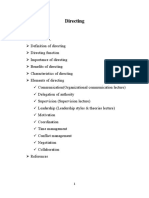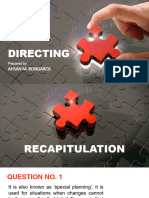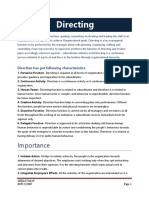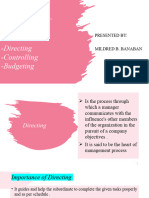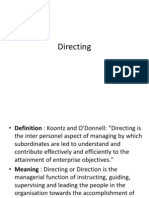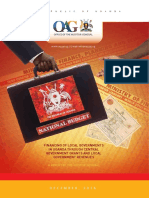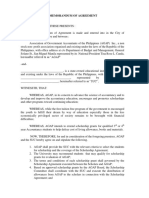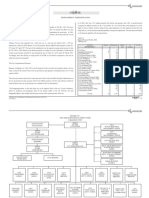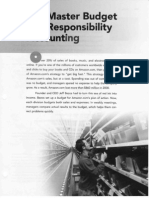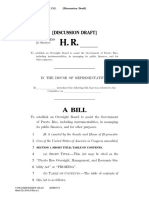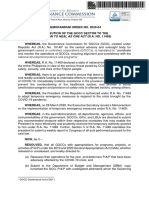0% found this document useful (0 votes)
32 views57 pagesDirecting and Controlling
The document discusses the concepts of directing and controlling within management, emphasizing the importance of guiding and overseeing employees to achieve organizational goals. It outlines the characteristics, principles, and techniques of directing, as well as the significance of coordination and control in ensuring efficient operations. Additionally, it covers traditional and modern techniques of managerial control, including budgeting, return on investment, and management audits.
Uploaded by
chandansyadav65Copyright
© © All Rights Reserved
We take content rights seriously. If you suspect this is your content, claim it here.
Available Formats
Download as PDF, TXT or read online on Scribd
0% found this document useful (0 votes)
32 views57 pagesDirecting and Controlling
The document discusses the concepts of directing and controlling within management, emphasizing the importance of guiding and overseeing employees to achieve organizational goals. It outlines the characteristics, principles, and techniques of directing, as well as the significance of coordination and control in ensuring efficient operations. Additionally, it covers traditional and modern techniques of managerial control, including budgeting, return on investment, and management audits.
Uploaded by
chandansyadav65Copyright
© © All Rights Reserved
We take content rights seriously. If you suspect this is your content, claim it here.
Available Formats
Download as PDF, TXT or read online on Scribd
/ 57





















